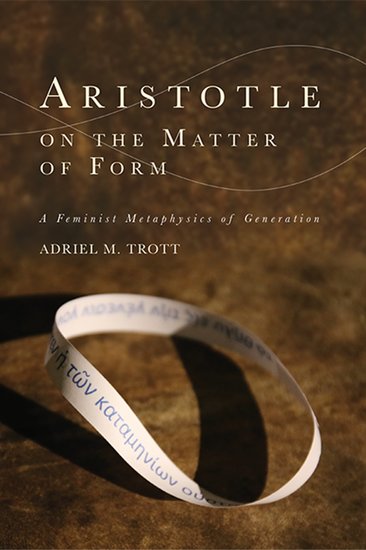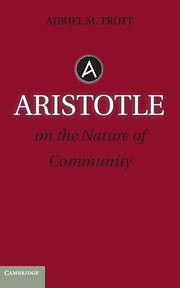Day 15: Money, Prostitution and Misogyny

In Debt: The First 5,000 Years, David Graeber writes,
One could see how the metaphor of the porne might seem particularly appropriate. A woman “common to the people”–as the poet Archilochos put it–is available to everyone. In principle, we shouldn’t be attracted to such an undiscriminating creature. In fact, of course, we are. And nothing was both so undiscriminating, and so desirable, as money.
This is in the context of explaining why Greek aristocrats thought money was garish. The conception of woman behind this critique of money is telling. Women have value because they are inaccessible and restricted. Men protect and isolate their women to preserve this value, which is based not on the woman’s unique personality, appearance, wit or strength, but on the extent to which she is accessible to other men. The less accessible the more valuable. The less accessible, the more desirable. How one is a woman, either parthenos, virgin or gynê, wife or mother, is determined by whether anyone has access to her or not. In the case of gynê, your husband and your sons have access to you. The power of Athena as parthenos is in part her refusal of access to anyone.
Pornê (πόρνη) means prostitute in Greek and it comes from the word meaning to export for sale. The prostitute then is the woman who is accessible to everyone and thus not worth as much. The obscenity of money is thus associated with the distaste for the woman who is made accessible to everyone, and thus not even seeming like woman, having no value. And yet, of course, as Graeber writes, we are attracted to this accessible woman, in a way that makes us dislike ourselves. Money is distasteful because it can circulate freely and be exchanged for anything because that makes money like the accessible woman, who men want but know they shouldn’t. The restriction on commerce is required to restrict our base desires just like the restriction on prostitution is required to save men from their base desires.
But unlike money, the woman being exchanged has her own desires. The analogy between money and woman depends on defining woman in terms of degrees of sexual accessibility and defining woman as a commodity with no desire of her own. Money might start to accumulate on its own in the same way that woman might start to desire. While money might seem to be the great equalizer, as a universal measure it points to the way that woman is viewed as a universal measure of man, where the least inaccessible woman is worth the most and the more inaccessible women he can accumulate the more he is worth. On this account, money began to work as money because women already functioned as measures of men based on varying degrees of accessibility and distribution.





Trackbacks & Pingbacks